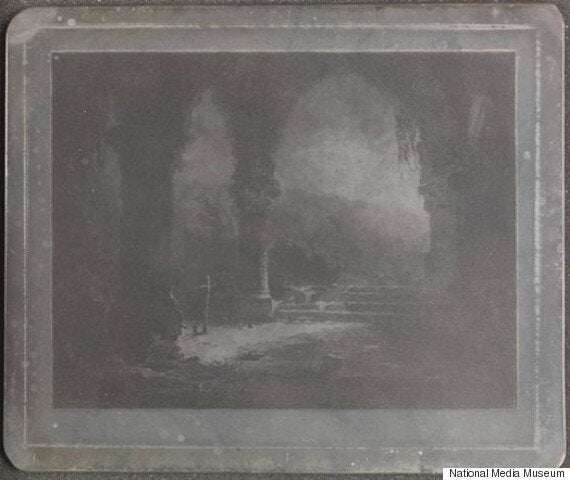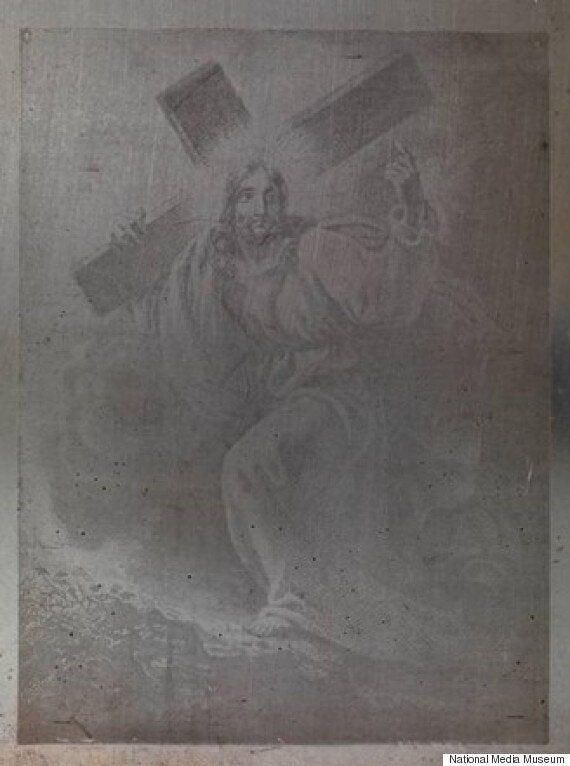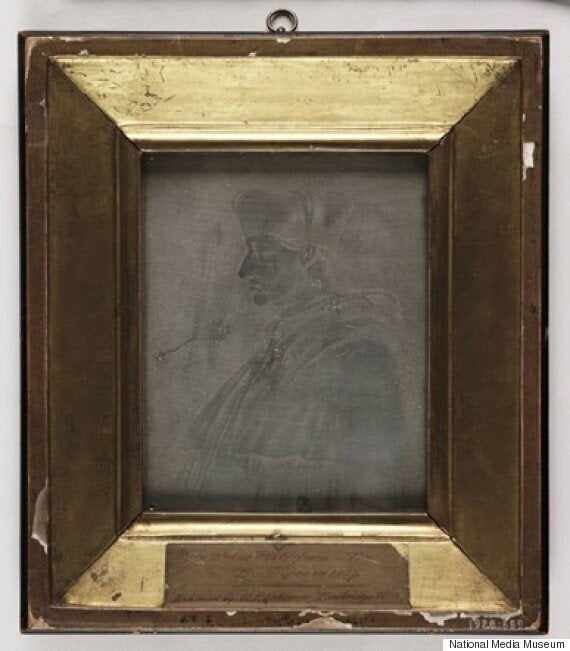Photographs taken by the world's first successful photographer are to be exhibited in Bradford.
Joseph Nicéphore Niépce pioneered the "heliograph" technique, which literally means drawing with sun.
To mark what would have been his 250th birthday, the three images will go on show at the National Media Museum’s Royal Photographic Society Collection in Bradford on 20 March.

Un Clair de Lune, 1827
The primitive photos were created by exposing a sheet of pewter coated in a mixture of bitumen to light and then dissolving in lavender oil.
Niépce sadly died six years before his invention was discovered, making his fellow pioneer Louis Daguerre world famous.
The exhibition hopes to change that with a rare showing of three different pieces in the same room. So many of the 16 surviving heliographs are virtually never seen together at one time.

Christ Carrying His Cross c.1827
"Niépce brought six photographs across from France to England because he wanted to present them to the King George IV and Royal Society but the meeting never happened," Colin Harding, curator of the National Media Museum, told The Independent.
"He went back to France but left three of them here.
"The idea was to create a substitute for hand engraving that could be replicated, like a printing plate. The process uses a kind of asphalt and lithography on pewter which when exposed to light in a camera obscura makes the image hard and insoluble.

Le Cardinal d'Amboise', 1826
Niépce also created the oldest photograph of a real world scene still intact today, the View from the Window at Le Gras. which is currently on display at the Harry Ransom Humanities Research Center in Austin, Texas.